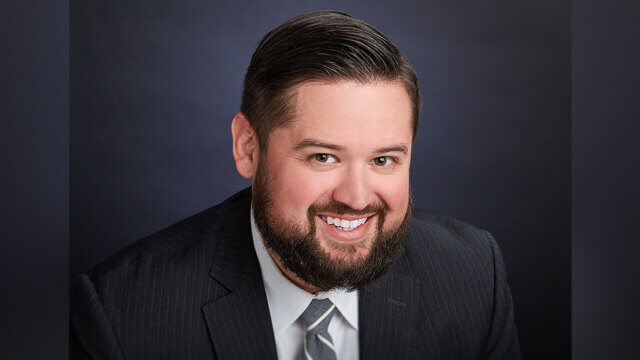By Elizabeth Piper
Travel is back with a vengeance. Social media has been a catalyst to tourism’s triumphant return as everyday users and influencers highlight their “vaxcations,” reunions with family and friends and willingness to get back to pre-2020 norms.
Every hospitality and destination marketing organization is working to bring back the much-needed visitors and dollars lost, especially for those small struggling businesses who rely so much on tourism. Of course, safety is paramount in the reopening of all areas around the globe when dealing with the coronavirus, but the actual physical landmarks, trails, monuments and other attractions are being put at risk, due to the potential of over-tourism.
Over-tourism is a threat to destinations everywhere, especially those with extremely popular “Instagrammable” attractions. One of the strongest opportunities to fight over-tourism damage is a comprehensive social media strategy that goes above and beyond a beautiful photo. Yes, social is more than that perfectly placed influencer, beautiful sunset and avocado toast.
To protect sensitive areas, dispersing travelers through social media campaigns can help keep a much-needed balance, especially as overcorrections and revenge travel trend. Whether it’s the curious local or eager tourist, the hospitality and travel and tourism industries have a responsibility to create a more rich experience outside of the main attractions in their area, which in the long run, will help rebuild the smaller business that have been deeply impacted by the pandemic—those who lose precious visitors when bucket list tourism locations are closed.
If you can share a photo of one of the most popular locations in your state, it’s just as easy to share a lesser known area to disperse travelers to find another amazing opportunity to explore.
One major area working to fight over-tourism is Visit Utah, whose national parks, including Moab, Arches and Zion, have seen an increase of graffiti, wear on the trails and garbage throughout the stunning landscapes. The social media account behind these areas has taken significant steps to adjust the travelers who may be hurting the gentle environments, while also working to keep those interested, informed and educated, without completely closing the trailheads.
For one, leaving out the geotag, or the specified location on a social media post, helps limit parties from recreating similar photos that are already flooding the social grids of millions of users. Yes, there will be inquiring minds looking for the exact location to take in that scenic glory, but one way to deal with those curious travelers is to encourage them to take their location question to your account’s direct messages. DMOs shouldn’t be completely quiet about these locations, of course, but this will help deter travelers of the instinct to immediately figure out that location and replicate the shot.
Of course, you can encourage your followers to check your area’s top tourism attraction off their bucket list, but inspire them to make it a half day and go beyond those popular sites. Feature the smaller and equally beautiful sites, perhaps more known to locals. With so many tourism brands followed by local and in-state adventurers, there’s plenty of opportunities to reach out to those making the longer trips to educate, inform and push-to-explore alternative and exciting areas.
“Leave no trace” and vandalism mindfulness, as seen by Visit Utah, are other methods to raise awareness, while educating travelers about the need to protect the natural beauty of destinations and improving the overall tourism experience. Turning a blind eye and pretending these egregious efforts don’t exist does nothing to deter the hurtful actions. You can emphasize the issues with graffiti and the penalties associated with vandalism. It’s fine to talk about pet waste and how it impacts local ecosystems. It’s even okay to discuss and even encourage things that may become taboo in the near future—mask wearing!
Responsible travel also means welcoming travelers from all backgrounds, races and abilities, and ensuring they feel comfortable, safe and inspired during their visit. A part of creating those richer experiences is prioritizing representation. Hotels can better leverage influencers and ambassadors to diversify the voices that narrate the brand story, while reaching out to new audiences, where they are, through stronger, more inclusive creative.
The return to responsible traveling, aside from vaccinations, masks and social distancing, includes maintaining the balance and beauty of local charms. DMOs must reconfigure their social media channels to inform, just as they did, or should have done, during the initial pandemic uncertainty. With proper planning, a social strategy will not only help reduce over-tourism, but also highlight both popular locations and lesser-known, but still beautiful sites.
Elizabeth Piper is senior social strategist at Sparkloft Media.
This is a contributed piece to Hotel Business, authored by an industry professional. The thoughts expressed are the perspective of the bylined individual.




